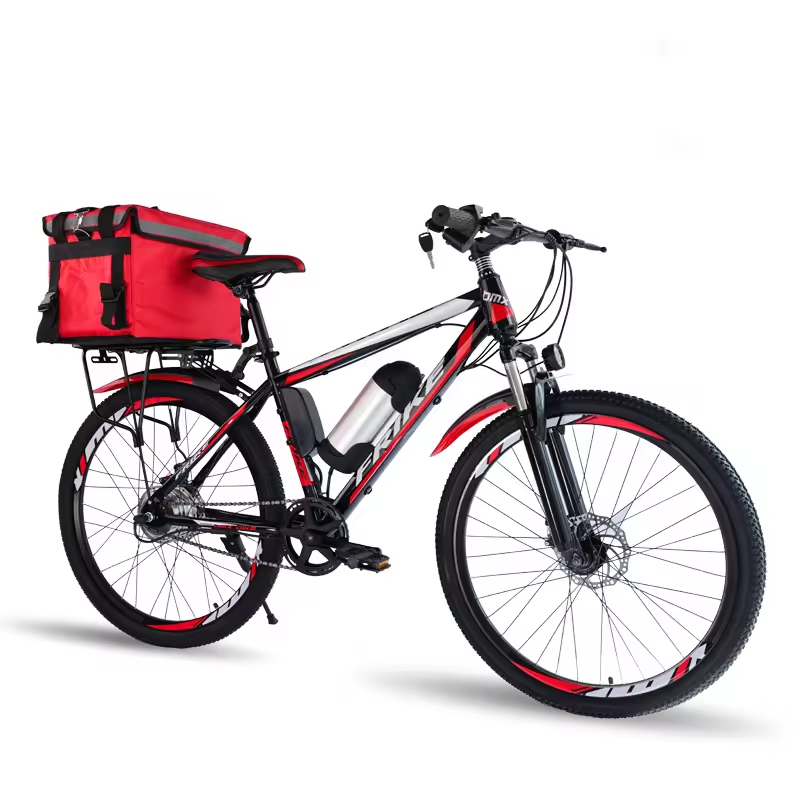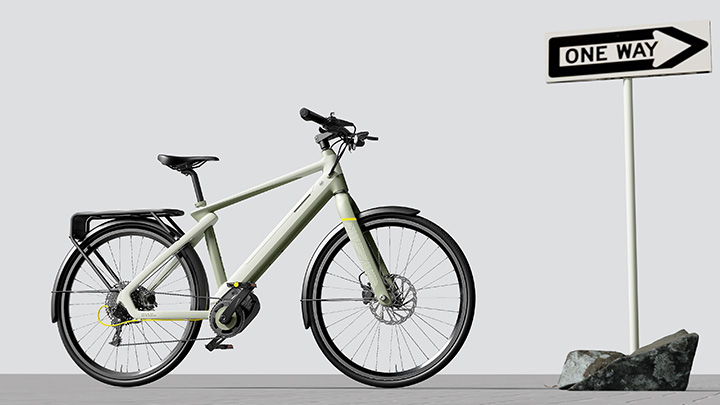How to Choose an Electric Bicycle: A Comprehensive Guide
Electric bicycles, or e-bikes, have surged in popularity as a convenient, eco-friendly, and efficient mode of transportation. With a vast array of options available, selecting the right e-bike can be overwhelming. This guide will walk you through the key factors to consider when choosing an electric bicycle, ensuring you find the perfect fit for your needs.
1. Determine Your Purpose
- Commuting: If you're using the e-bike for daily commuting, look for models that offer comfort, reliability, and enough range to cover your round-trip distance. Features like fenders, racks, and lights are also important.
- Recreational Riding: For leisure or weekend rides, comfort and ease of use are paramount. Look for e-bikes with a more relaxed geometry, suspension for smoother rides, and possibly wider tires for off-road capability.
- Fitness: If fitness is a priority, you might prefer a pedal-assist e-bike that encourages more pedaling with less motor assistance.
- Cargo/Utility: For carrying loads or running errands, consider a cargo e-bike with a sturdy frame, high load capacity, and additional features like baskets or panniers.
2. Choose the Right Type of E-Bike
- City/Commuter E-Bikes: Designed for urban environments, these bikes typically have a more upright riding position, integrated lights, and often come with fenders and racks.
- Mountain E-Bikes: Built for off-road adventures, these bikes feature robust frames, wide tires, and suspension systems to handle rough terrain.
- Folding E-Bikes: Ideal for those with limited storage space or who need to carry their bike on public transport. These bikes are compact and portable, but may sacrifice some ride comfort.
- Hybrid E-Bikes: A versatile option that combines features of road and mountain bikes, suitable for a variety of terrains and riding styles.

3. Understand Motor and Battery Specifications
- Motor Type: E-bikes generally come with hub motors or mid-drive motors. Hub motors are located in the wheel and are quieter and more affordable. Mid-drive motors, positioned near the bike's crankset, offer better weight distribution and efficiency, especially on hills.
- Power: E-bike motors typically range from 250W to 750W. Higher wattage provides more power and speed but may reduce battery life.
- Battery Capacity: Measured in watt-hours (Wh), battery capacity determines how far you can ride on a single charge. A larger battery provides a longer range but adds weight. Consider your typical riding distance and choose a battery accordingly.
- Charging Time: Check the time it takes to fully charge the battery. Some high-capacity batteries can take several hours to charge, so plan accordingly.
4. Evaluate the Range
- Range varies based on factors like battery capacity, terrain, rider weight, and the level of motor assistance used. Manufacturers often provide estimated ranges, but it's wise to choose an e-bike with a range slightly longer than your typical rides to account for variables.
5. Consider the Weight
- E-bikes are heavier than traditional bicycles due to the motor and battery. If you need to carry your bike upstairs or lift it into a car, the weight is an important consideration. Lighter models are available but may come with trade-offs in battery life or durability.
6. Check the Brakes and Gears
- Brakes: E-bikes often come with disc brakes, which provide reliable stopping power, especially important given the higher speeds and weight of e-bikes. Hydraulic disc brakes are more powerful and require less maintenance than mechanical ones.
- Gears: Multiple gears can help you navigate various terrains and conserve battery life. If you plan to tackle hills or varying terrain, look for an e-bike with a good range of gears.
7. Test Ride Different Models
- A test ride is the best way to determine if an e-bike suits your needs. Pay attention to how comfortable the bike feels, how smoothly the motor engages, and how easy it is to handle.
8. Consider the Price and Warranty
- E-bikes can range from a few hundred to several thousand dollars. Determine your budget, but also consider the value in terms of battery life, build quality, and features. Check the warranty on the motor, battery, and bike frame, as these components are critical to the bike's longevity.
9. Research the Brand and Customer Support
- Choosing a reputable brand ensures better build quality and customer support. Look for reviews and ratings to gauge the reliability of the brand and the availability of spare parts and service.
Conclusion
Selecting the right electric bicycle involves balancing your specific needs with the bike's features and capabilities. By carefully considering factors like your intended use, motor and battery specifications, range, and overall comfort, you can make an informed decision and find an e-bike that enhances your riding experience. Happy cycling!




